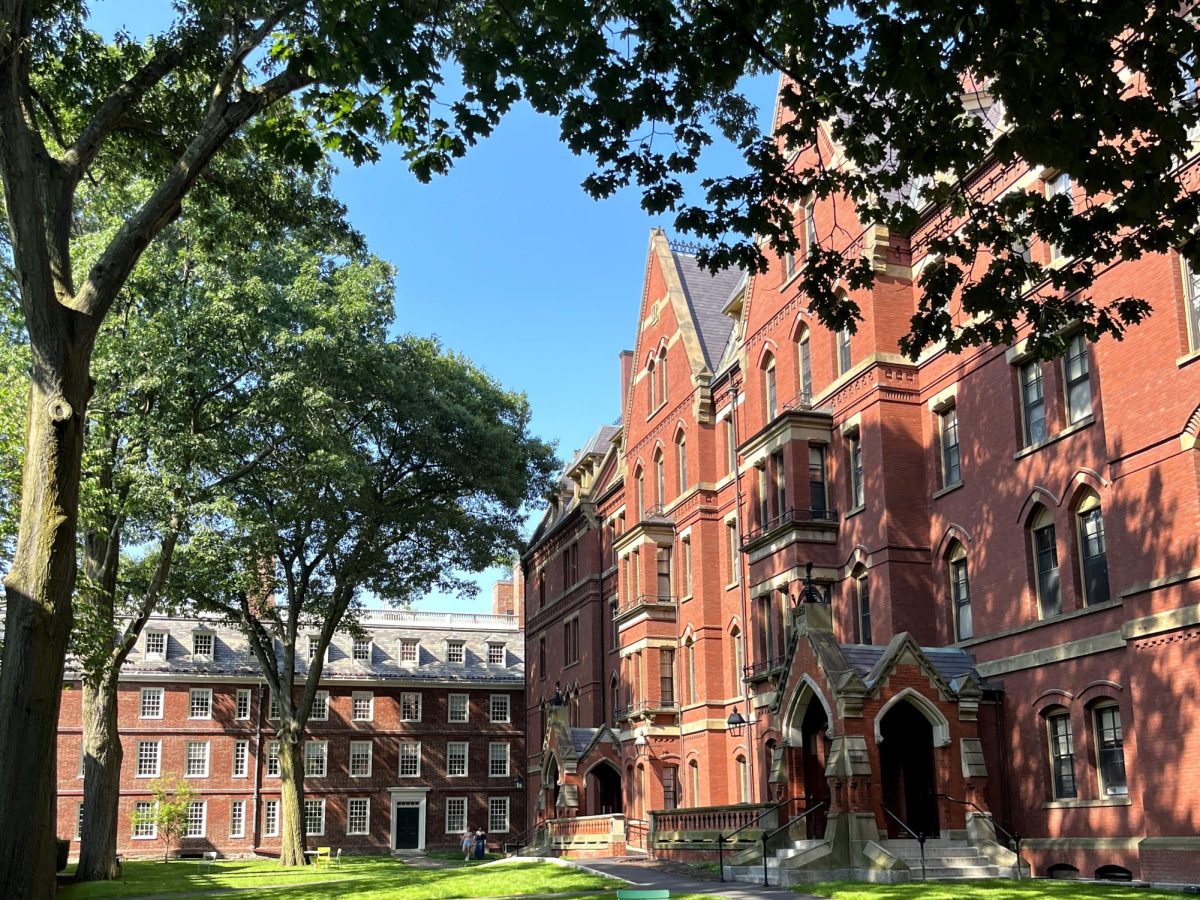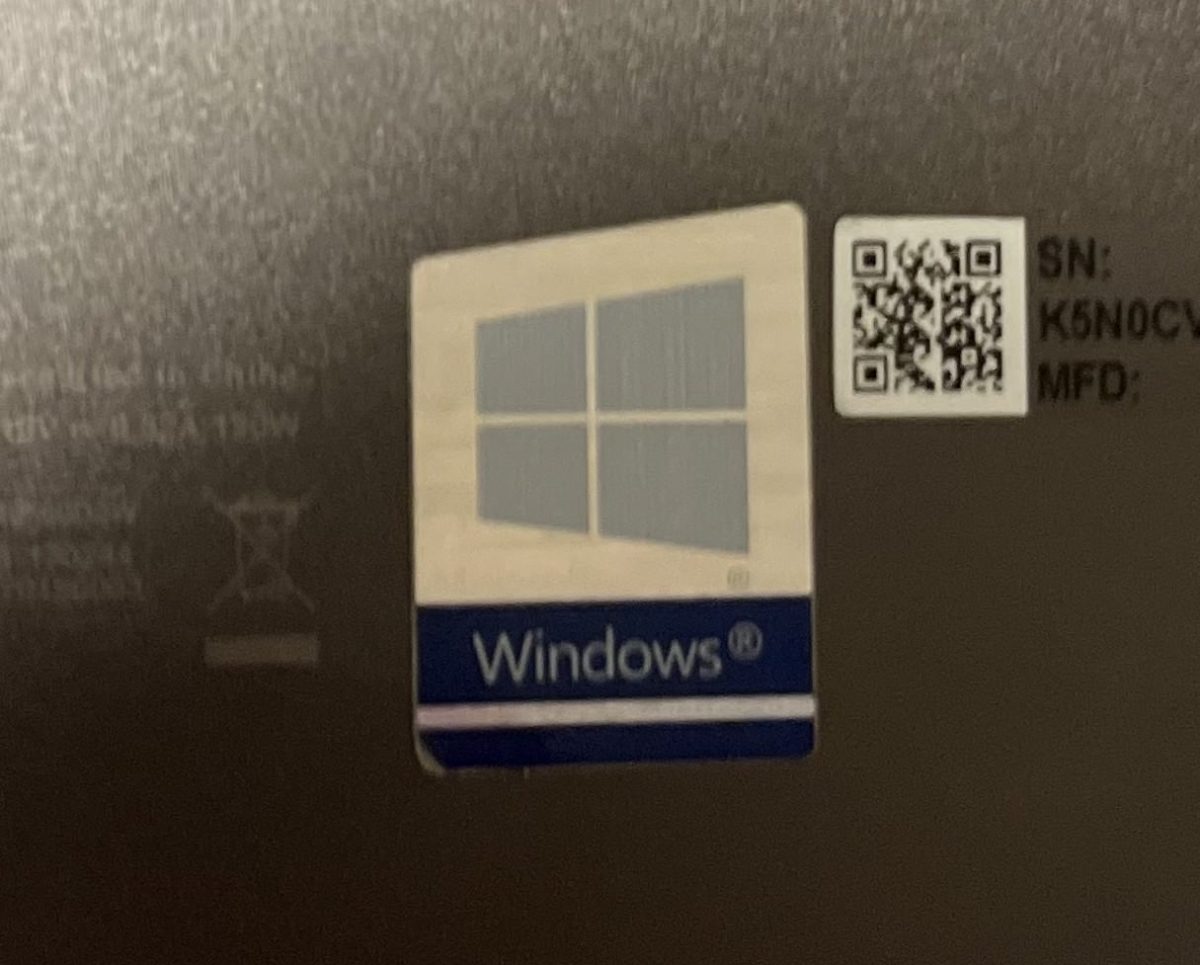Humans are constantly making strides in the field of medicine and have now made a recent breakthrough in gene editing technology that is awaiting FDA approval. This ground-breaking technology has the potential to cure sickle cell anemia for millions of people around the world.
Sickle cell anemia is an inherited blood disorder resulting from a mutation in the HBB gene. The disorder affects over 100,000 people in the United States and 200 million in the world.
Because of the morphing of disk-shaped red blood cells into a crescent or sickle shape, sickle cells clump, causing clots and, in extreme cases, strokes.
Exa-cel, the drug jointly developed by Vertex Pharmaceuticals of Boston and CRISPR Therapeutics of Switzerland, has the potential to cure sickle cell anemia. If the drug is approved, it will be the first treatment for a genetic disease with CRISPR.
CRISPR is a gene editing tool with the ability to find specific sequences of DNA. Once it has found these sequences, CRISPR can alter the sequences of undesired DNA. By doing this, CRISPR has the ability to cure illnesses related to a genetic disorder.
Junior Prajay Gutti was amazed by the potential sickle cell treatment. “I think that this treatment is amazing due to its potential to open doors for many other genetic disorders to be cured with gene editing tools,” he stated.
By using CRISPR, exa-cel can target specific stretches of DNA and cut them out. The ability to target specific stretches of DNA would allow exa-cel to cut out the stretches of DNA that cause sickle cell anemia.
One concern the FDA has in regards to exa-cel is the potential for it to unintentionally delete stretches of DNA other than the intended target. Although deleting the wrong stretch of DNA won’t always lead to negative outcomes, it is still a risk the FDA wants to investigate further.
Microbiology teacher Audrey Holland expressed other possible concerns about exa-cel. “What are the long term effects of edits? What are the impacts of the edit on other traits/bodily systems? What types of cells, somatic or gamete, can be edited? Would genetic variability decrease in future generations?” she stated.
Current sickle cell treatments involve bone marrow transplants and blood transfusions. Unfortunately, treatments like blood transfusions only temporarily fix the chronic pain that comes with sickle cell anemia.
The new treatment for this disease is expected to cost millions of dollars per patient. However, lifelong treatments for the patients are just as expensive, costing health care around 3 billion dollars a year.
Holland commented on the expected availability of the treatment. “I think if CRISPR is used, it should be kept as an elective procedure available to all individuals to help those who suffer from genetic disorders,” she said.
The use of exa-cel will come with obstacles other than cost due to the treatment process. For treatment, stem cells must be extracted from the patient’s blood and then edited with exa-cel to remove the stretches of DNA causing sickle cell anemia. However, before the cells can be reinfused into the patient, the patient must go through chemotherapy.
The involvement of chemotherapy will require patients to spend more than a month in a hospital. Chemotherapy has the possibility of affecting the family members of patients as they may have to take time off of work to help out during the intensive moments of treatments.
This form of treatment, like all treatments, has its pros and cons, but whether or not this treatment will be available depends on the FDA’s assessment. As exa-cel works towards FDA approval in the following months, patients with sickle cell anemia can look to the future with hope for the new form of treatment.











Ethan Worlton • Nov 19, 2023 at 4:07 pm
I hope that this treatment can get approved. If sickle cell anemia can be cured using this, there is a chance that many other genetic defects can be fixed using similar means, and that could be really good. As it stands, it seems to be a risky treatment that only desperate people would pick, but if it rally costs 3 billion dollars per year to help counteract the effects of sickle cell, I would be desparate too in that situation.